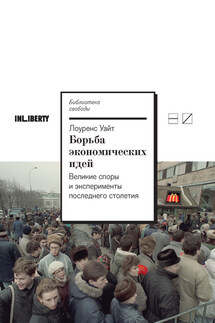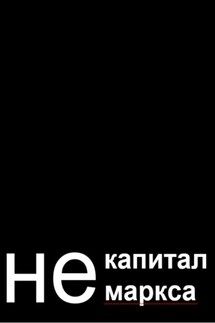The General Theory of Capital: Self-Reproduction of Humans Through Increasing Meanings - страница 74
“In what is already recognized as a major advance, in The Enigma of Reason Hugo Mercier and Dan Sperber show that reason itself has evolved for the strategic purpose of persuading others, not to improve our own decision-taking. Motivated reasoning is why we developed the capacity to reason, and how we normally use it. Yet more fundamentally, the massive brain expansion of the past two million years has been driven by the need for sociality” (Collier 2018, p. 35).
Traditional choice accelerated the progress of meanings compared to cultural selection. Nevertheless, it still was constrained by customs, traditions, and other practices transmitted through cultural learning. Cultural evolution increased the sophistication of reason and enabled people to solve complex problems. However, in the race against uncertainty, the complexity of problems also grew. At the limits of traditional thinking, customs and other practices became an obstacle to cultural evolution. Simple self-reproduction ended when meanings proved to be an obstacle to their own growth and culture-society found ways to overcome this obstacle.
The rise of traditional complexity and its limits
Simple self-reproduction is characterized by a relatively slow growth of both human population and meaning complexity. In a traditional culture-society, productivity hardly improves; population growth regularly tops production growth. At the same time, the uncertainty of the natural and socio-cultural environment causes fluctuations in the volume of production, primarily food, which from time to time prevents the culture-society from maintaining the achieved socio-cultural complexity and leads to its collapse.
The complexity of culture-society grows along with the complexity of the persons who compose it, although the rate of growth is not comparable for society and persons. Over the last few thousand years, the properties of the human brain have remained practically unchanged, while the complexity of both learning and culture-society has increased. At the same time, the complexity of personal active power has increased, mainly due to the lengthening of learning time. The main contribution to the increase in aggregate complexity lies in the division of order, the specialization of activity, and the complication of the means of activity, that is, in socio-cultural rather than personal complexity.
As we have seen, the difference between the complexity of a culture-society and the complexity of the persons who compose it is the source of surplus activity / product. In an agrarian society, the vast majority of the population is employed in agriculture, so the surplus is predominantly in the form of agricultural activities and their products. The agricultural surplus was a prerequisite for the development of cities and non-agricultural activities:
“Though most farmers and peasants individually produced very little surplus, the aggregated surplus of millions of agricultural workers was easily enough to support a large number of towns and to foster the development of industry, commerce, and banking. Much as they admired agriculture and depended on it, the Romans literally identified ‘civilization’ with cities (civitates)” (Lopez 1976, p. 6).
The slow complication of traditional culture-society led to the stagnation of agricultural surplus and thus to the stagnation of non-agricultural activities—crafts and trade—and of the cities in which these activities were concentrated.







